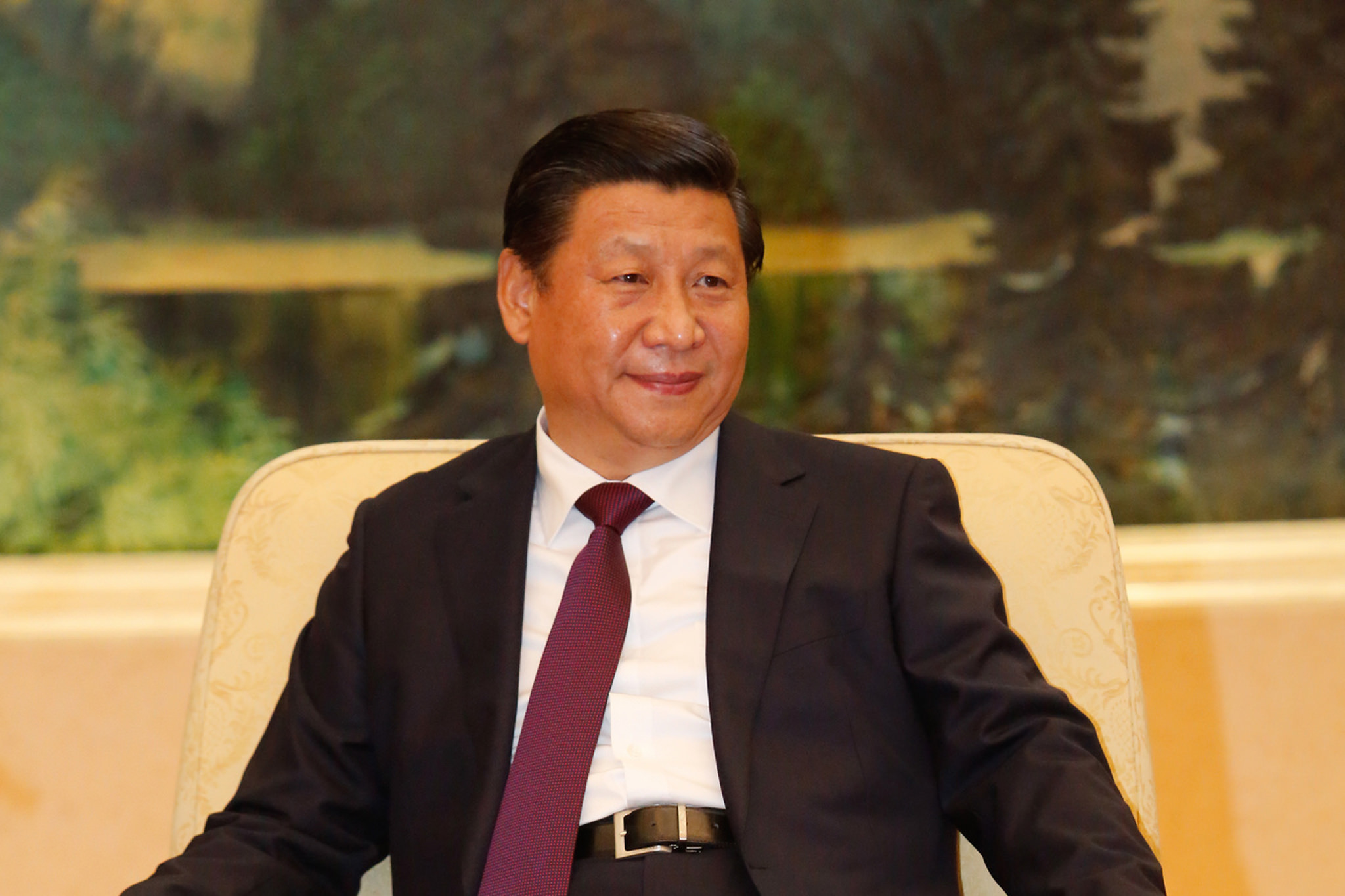Written by Timothy Cheek.
In August 2013 Xi Jinping declared a propaganda war on independent political criticism on China’s internet. He urged his colleagues in the Chinese Communist Party to ‘seize the ground of new media.’ In early 2016 he reminded official Chinese media that their job is to speak for the Party, and this summer he has shut down a popular journal of political history run by retired senior Party figures. The Party has waged this war with a crackdown on ‘Big V’ popular weibo commentators, ongoing censoring of the newer social media weixin (known also as WeChat), and also a charm offensive promoting the virtues of what Xi Jinping claims as the ‘Chinese Dream.’ Western reporters scoff and many Chinese ignore it, but the Party is working overtime on propaganda as if it really matters.
Why does propaganda matter so much to CCP leaders? More than shutting up naysayers and putting a political spin on the news, the CCP has—from its beginnings in the 1920s—seen propaganda as a core part of politics and governance. Under Mao it was all about revolution and change, but under the current leadership of the Party it is about stability and order. The goals have changed, but the methods maintain the same assumptions. Those assumptions are that the government, led by the Party, is best placed to guide public opinion. In 1954 the editor of People’s Daily declared: Newspapers are the most potent weapon used by the Party to educate and lead the broad masses of the people in the revolutionary struggle and the construction of the new life. That is, Party control of the media has a positive function of mobilisation as well as the negative function of control.
The Chinese model of propaganda is not limited to publicity. In fact, the most important part of ‘control’ in the Chinese propaganda system is control of the state rather than control of the public. The same directive from the People’s Daily in 1954 goes on to say: We need the supervision of the masses. No matter how highly placed or hard-working the cadre, if we do not have the supervision of the masses we will lose vigilance. Press and propaganda play a key role in that public supervision, according to Party norms. Yet the information flow of China’s propaganda system—from collecting views from ordinary citizens to popularising Party answers to problems—is embedded in a robust set of institutions of force—police powers. The 1954 speech emphasises The work of self- and mutual criticism in the papers should be intimately linked with the Discipline Inspection Committees of various Party Committees and the People’s Police Committee at various government levels.[1]
These three themes from the 1950s pre-date the extremes of Mao’s Cultural Revolution and have returned since his death. Xi Jinping’s pronouncements have continued to educate the public (for example, with publicity on the ‘Twelve Core Values of Socialism‘), to demand restraint and public-spiritedness of his officials (famously limiting official banquets to ‘one soup, four dishes‘), and to enforce discipline amongst government officials with his famous anti-corruption campaign against ‘tigers’ (Party bigwigs) and ‘flies’ (lesser officials). From the Party’s view this comprehensive and integrated propaganda-administrative system covers all the bases for good governance: research, consultation, deliberation, legislation, implementation, and review of results.[2] It makes sense.
However, the chequered political history of the People’s Republic of China reveals the many limitations of this system. Not only was it unable to prevent disasters like the Great Leap Forward and the Cultural Revolution, but also some six decades of propaganda work have yet to succeed in curbing corruption or changing human nature.[3] It’s hardly a perfect system.
For those wishing to understand how China works, however, it is vital to understand how this propaganda system works (which explains why rights lawyers and multiple political parties are anathema) and why the leadership thinks this is the best way to rule China as it is. In the season of Brexit and Trump, Westerners can better appreciate the challenges of having faith in a system that does not appear always to be working.
Timothy Cheek is Professor and Louis Cha Chair in Chinese Research at the Institute of Asian Research and Department of History, University of British Columbia. His most recent book is The Intellectual In Modern Chinese History (2015). Image Credit: CC by Global Panorama/Flickr
[1] Deng Tuo, ‘Zenyang gaijin baozhi gongzuo’ [How to advance newspaper work], Zhongguo gongchangdang xinwen gongzuo wenjian huibian [Collection of documents on CCP journalism work] (Beijing: Xinhua chubanshe, 1980), vol. 2, 323-44. A speech given at the CCP national propaganda conference in May 1954.
[2] For recent Western analyses see: Anne-Marie Brady, Marketing Dictatorship: Propaganda and Thought Work in Contemporary China (Lanham, MD: Rowman & Littlefield, 2008; David Shambaugh, China’s Communist Party: Atrophy and Adaptation (Berkeley: University of California Press, 2009), particularly ch. 6.
[3] The best analysis of this propaganda-administrative system (in terms of ‘rectification’) is Frederick C. Teiwes, Politics and Purges in China: Rectification and the Decline of Party Norms (Armonk, NY: M.E. Sharpe, 1979/1993).

